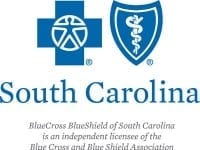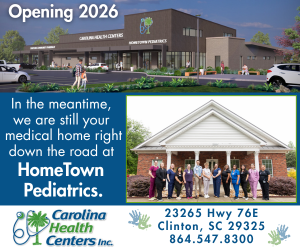Blue Cross Blue Shield Association study shows low uptake of HPV vaccine
February 16, 2018While human papilloma virus (HPV) vaccination rates have risen substantially, just 29 percent of adolescents received a first dose of the vaccine by their 13th birthday, according to a new seven-year study of medical claims by the Blue Cross Blue Shield Association (BCBSA) Health of America Report.
First-dose HPV vaccination rates grew 55 percent among Blue Cross and Blue Shield (BCBS) commercially insured adolescent members from 2010 through 2016. Despite the growth, HPV vaccination lags behind meningococcal vaccines and Tdap, which have rates of 72 percent and 82 percent, respectively.
The study also finds that:
- The first-dose HPV-vaccination rate for adolescents born in 2000 (who turned 13 years old in 2013) was 22 percent compared to 34 percent for adolescents born in 2003 (who turned 13 years old in 2016). Furthermore, in 2013, just five percent of adolescents completed the full-dose HPV regimen before their 13th birthday, compared to nine percent in 2016.*
- First-dose HPV-vaccination rates vary widely by state, from a high of 57 percent in Rhode Island to lows of 19 percent in New Jersey and 17 percent in Mississippi from 2010 through 2016. First-dose HPV-vaccination rates increased in all states during the study. In 2016, 78 percent of adolescents in Rhode Island had received a first-dose of HPV-vaccine while 21 percent in New Jersey and 22 percent in Mississippi received a dosage of the vaccine.
- Rates for the HPV vaccine differed between boys and girls. The rate for girls completing the first dose of the HPV vaccines in 2016 was 37 percent compared to 32 percent for boys. First-dose HPV-vaccination rates in 2016 were nearly the same for adolescents who live in both urban (35 percent) and rural areas (34 percent), but adolescents who reside in urban areas had significantly higher rates of meningococcal and Tdap vaccinations.
- Meningococcal vaccination rates grew from 66 percent in 2013 to 78 percent in 2016, which was an 18 percent increase during the study period. Tdap vaccination rates grew from 78 percent in 2013 to 84 percent in 2016, which was an eight percent increase.
The report, “Adolescent Vaccination Rates in America,” examines outpatient medical claims for BCBS members born from 2000 through 2003 and who were vaccinated by their 13th birthday between 2010 and 2016.**
“Just as it’s important for women to undergo a Pap smear for early detection of HPV infections, it is even more vital to prevent HPV infections before they happen,” said Dr. Trent Haywood, senior vice president and chief medical officer for BCBSA. “All adolescents should take advantage of this affordable medical innovation that prevents cancer and has minimal side effects.”
This is the eighteenth study of the Blue Cross Blue Shield: The Health of America Report® series, a collaboration between BCBSA and Blue Health Intelligence, which uses a market-leading claims database to uncover key trends and insights into health care affordability and access to care. Analysis was performed by, and also includes, medical claims data from HealthCore, a wholly owned and independently operated health outcomes subsidiary of Anthem, Inc.
For more information, visit www.bcbs.com/healthofamerica.
* In October 2016, the CDC changed the adolescent HPV vaccination recommendation from three to two doses, starting the vaccine series before the child’s 15th birthday. The report defines a completed regimen as three doses. The second dose of the HPV vaccine should be given six to twelve months after the first dose. It is recommended for teens and young adults who start the series at ages 15 through 26 to complete three doses of the HPV vaccine.
** Study includes continually insured members. All adolescents considered in this study were born between the years 2000 and 2003, and thereby were ages 10 through 12 from the years 2010 through 2016.
About Blue Cross Blue Shield Association
The Blue Cross and Blue Shield Association is a national federation of 36 independent, community-based and locally operated Blue Cross and Blue Shield companies that collectively provide health care coverage for one in three Americans. BCBSA provides health care insights through The Health of America Report series and the national BCBS Health Indexsm. For more information on BCBSA and its member companies, please visit BCBS.com. We also encourage you to connect with us on Facebook, check out our videos on YouTube, follow us on Twitter and check out our blog.
About BHI
Blue Health Intelligence (BHI) is the nation’s premier resource for data-driven insights about healthcare trends and best practices, promoting healthier lives and more affordable access to safe and effective care. BHI leverages a team of analytics experts and advanced technology, coupled with access to the greatest number of healthcare claims—172 million lives—gathered over 10 years in a safe, HIPAA-compliant, secure database. The resulting conformed, reliable data set has the broadest, deepest pool of integrated medical and pharmacy claims, reflecting medical utilization in every ZIP code. Blue Health Intelligence (BHI) is an Independent Licensee of the Blue Cross Blue Shield Association. BHI is a trade name of Health Intelligence Company, LLC. www.bluehealthintelligence.com.


















